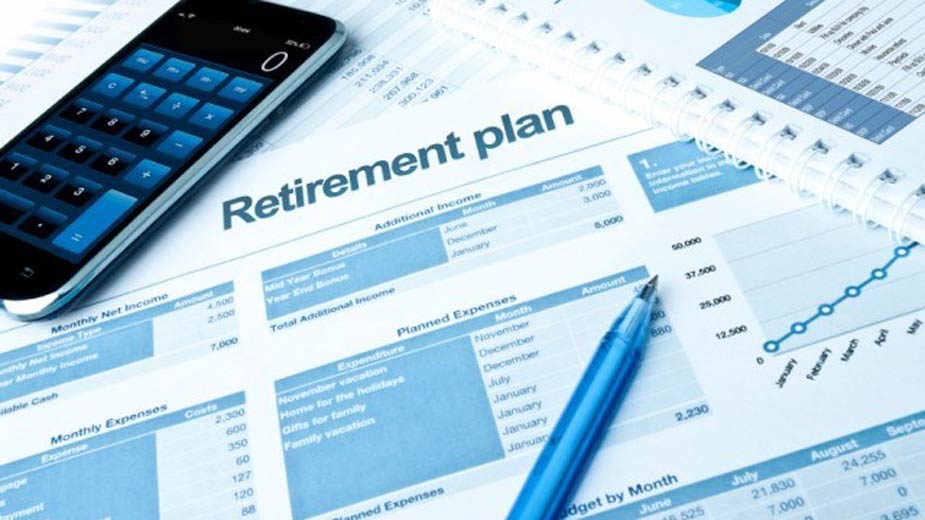Pursue the Retirement Lifestyle You Want
NEW YORK — Whether you’re just starting to think about retirement, it’s rapidly approaching or you’re already retired, you’ll need to take steps to address your financial goals for the future. Regardless of your specific retirement plans, you need to work towards the goal of having enough money to leave the work force in the short term as well as enough income to last you through your retirement years.
Now is the time to take a serious look at the financial side of your retirement plans. How will your strategy help you enjoy comfortable retirement? Saving for retirement isn’t about just putting cash into a savings account. You need to be able to grow your money so that it can replace your working income. How can you make sure that you’ll have enough money to live on over the course of 20 to 30 years — today’s average length of retirement?
The best way to plan for your retirement is to save and invest with a specific outcome in mind. Do you want to travel? Spend more time with family? Move to a warmer climate?
One of the biggest concern for retirees is that they will outlive the money they’ve saved. Ideally, you want to create a plan that allows your retirement income to cover your basic living expenses and necessities. To accomplish that, on average, you’ll need a guaranteed income that covers at least 80% of your basic living expenses — a steady stream of payments that will last your entire life. The the general calculation would work like this:
Identify your essential living expenses. This includes things like food, shelter, baseline healthcare coverage, and clothing.
Estimate how much Social Security and any pension income you will receive. In terms of Social Security, your monthly payment will depend heavily on when you start taking withdrawals; in general, the longer you can hold off, the larger your monthly payout will be.
Determine how much you may be short when you subtract your essential costs from your Social Security and pension income. This step will be crucial to determining when you can retire, and what adjustments need to be made to your retirement savings plan.
Make sure to factor in health-care expenses. With people living longer, the average retirement is lasting longer, too. But as we grow older, we also tend to need more health care. We also have to factor in the reality that healthcare costs are increasing.
One of the biggest threats to your financial security will be failing to include possible long-term and emergency healthcare expenses. As you plan for retirement, don’t overlook the critical impact that healthcare costs could have on your retirement resources.
Make sure you are flexible, as your circumstances and needs change as you plan for, near and reach retirement. An adaptable investment strategy will be crucial to increasing the likelihood that your savings will last through your lifetime. Planning for longevity, as well as the effects of inflation and market volatility can be difficult if not impossible, so you’ll need a flexible strategy to meet your goals while also protecting your nest egg against any new risks.
When looking at your retirement strategy, don’t forget your surviving spouse, partner or any other members of your family you currently provide for. You’ll want to be sure that they will be taken care of as well. You may also want to leave a legacy behind for your children or grandchildren. Be sure that you discuss this with your financial advisor so that your retirement plan includes the appropriate investment options and takes into account any tax liabilities.
Source: Compass Financial Services.
Copyright 2024 The Business Journal, Youngstown, Ohio.


